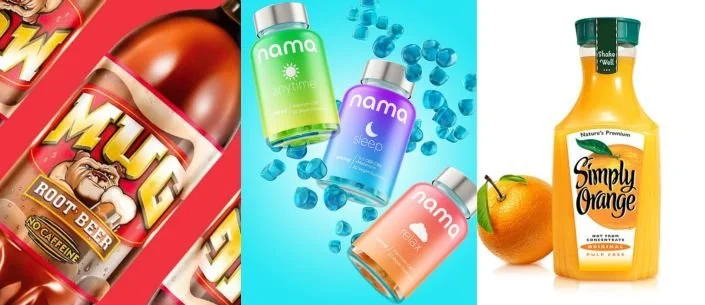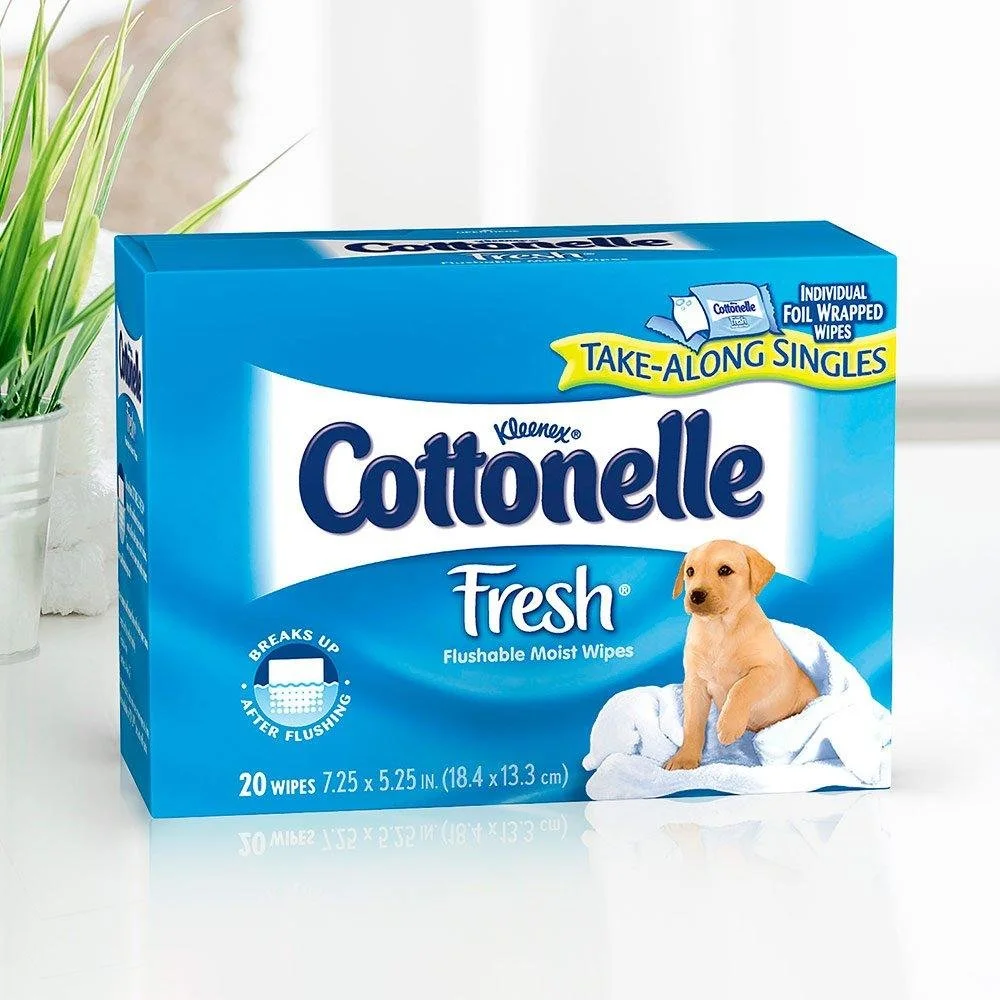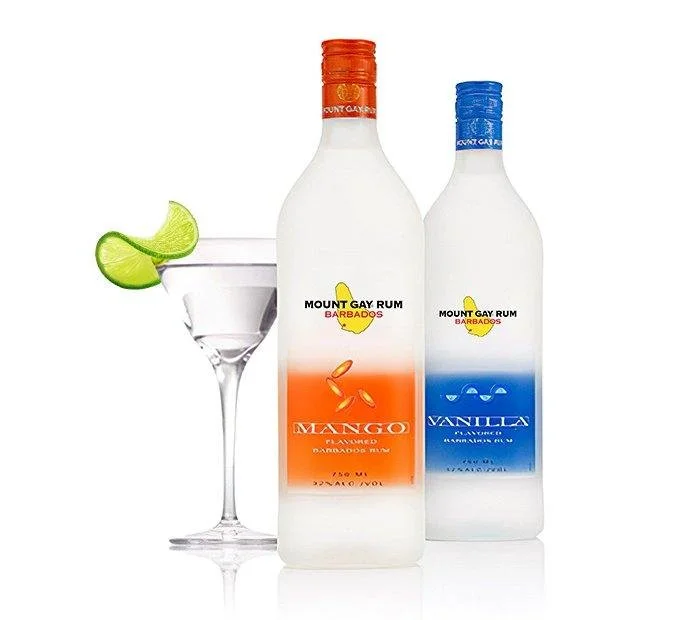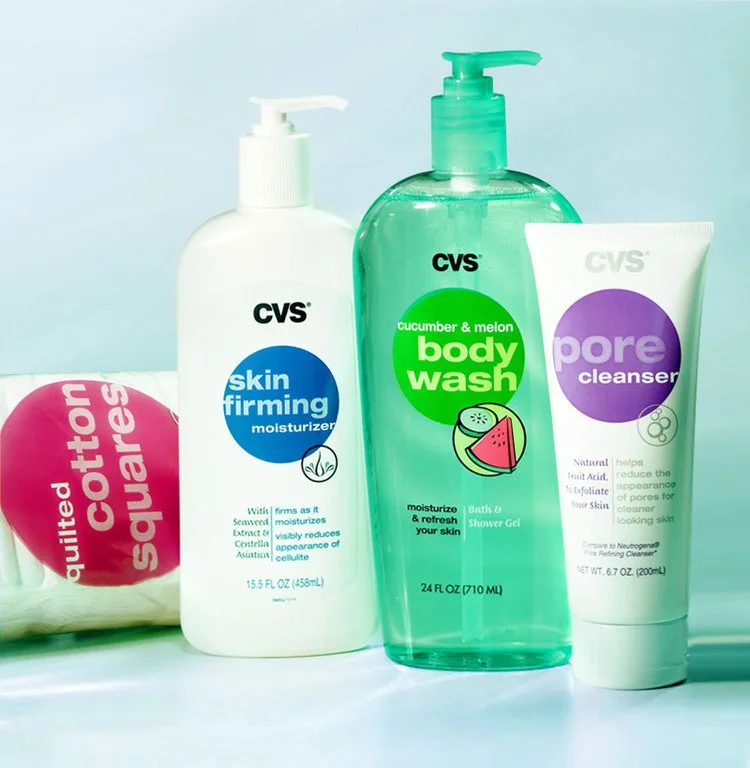Packaging and its design play and extremely important role in branding as the scope of branding has grown. It is no longer merely deals with the need to contain and protect the product. This has become a sophisticated as a result that plays a key part in the brand communication process.
Physical product often requires packaging to protect them from damage and present the product and its brand to target consumers. Packaging also works to convey the characteristics that will help to position within the minds of consumers and it will help to differentiate it from competitors.
Understanding the 'Four Ps' of Marketing and the Role of Packaging
Creative packaging design is an important part of what marketers call the marketing mix. This mix is a group of steps used to help people learn about a product and increase its sales. The marketing mix includes four main elements, often called the Four Ps:
Product: This is what is being sold, including its look, features, and any services that come with it.
Price: This is how much the product will cost. The price should cover the cost to make it and help earn profit, though different pricing methods may be used depending on business goals.
Promotion: This includes ways to tell people about the product, like advertising or special sales offers.
Place: This is where the product will be sold, such as in a big store or a small shop.
Some people also talk about a fifth P, which is Packaging. Packaging ties all the other Ps together. It shows what the product is and helps promote it by making it eye catching.
7 Reasons Design Matters For Your Packaging
Let us explore seven compelling reasons why design truly matters when it comes to packaging.
1. First Impressions Begin With Design
Before a customer picks up a product or reads its description, they notice how it looks. The design of your packaging creates that first moment of connection. Each communicates something different such as:
Bright colors
Elegant typography
Minimalist layouts
Bold patterns
Customers in retail stores or online shops are flooded with choices, a well designed package stands out. It instantly gives a feel of quality and personality. If your packaging looks dull or cluttered, potential buyers may pass it by, no matter how great the product is inside.
Design sets the tone and it can even influence whether someone stops to learn more or moves on.
2. Reflects Your Brand Identity
Every element of your modern packaging design—fonts, logos, color schemes, textures, and icons—should speak the language of your brand. Are you sophisticated or playful? Minimalist or rich and ornate? Your design choices reflect your brand's values and personality.
For example, eco friendly brands often use earthy tones and natural textures. A luxury skincare product might use gold foil or soft matte finishes to evoke elegance. Consistent design across product lines helps customers recognize your brand easily and builds long term loyalty.
Design becomes a visual expression of your identity. It helps communicate what you stand for without needing many words.
3. Supports Clear Communication
Packaging design is not just about beauty. It should also function as a tool for communication. Good design makes it easy for customers to find important information quickly—what the product is, how to use it, ingredients, benefits, or precautions.
Well organized layouts guide the eye naturally. Contrast helps highlight key points. Icons and symbols reduce language barriers. Strategic use of space avoids confusion.
When packaging is thoughtfully designed, it becomes a helpful guide, especially in industries like
Food
Pharmaceuticals
Cosmetics
where instructions and labels matter for health and safety. A confusing or cluttered design can turn customers away or cause frustration. Clear design earns trust.
4. Influences Buying Behavior
Studies show that customers often make buying decisions in just a few seconds and packaging plays a big role in that process. Eye catching designs attract attention and create emotional responses.
Colors can evoke feelings—blue for calmness, red for excitement, green for nature. Shape and size influence perceptions of value and quality. Materials suggest durability or eco consciousness. Fonts can hint at tradition or modernity.
Packaging design taps into psychology. It can create a sense of urgency, reinforce brand credibility, or appeal to a specific audience.
An appealing design can lead to impulse purchases. It can also boost repeat sales when customers associate the look of the packaging with a positive experience.
5. Differentiates Your Product in a Crowded Market
No matter what you sell, you likely have competitors offering something similar. In this sea of sameness, design helps your product rise above the rest.
The best packaging design creates a visual signature. It helps customers remember you. Maybe it is a quirky illustration, a bold color palette, or a distinctive bottle shape. A good design gives your product shelf presence and brand recall whatever the choice.
This is especially important for small businesses or startups. A strong visual identity can make a newer brand feel just as trustworthy and established as a bigger name.
Design is one of the simplest yet most powerful ways to stand out.
6. Improves the Unboxing Experience
Packaging design does not end with the outer look. The internal structure, unwrapping flow and tactile feel also matter—especially in an era where customers share unboxing moments on social media.
The unboxing experience can turn a product delivery into a delightful ritual. Clever use of layers, personalized messages, textures or hidden compartments can make customers feel special.
These small touches build emotional connection. They also increase the likelihood of your product being shared online, reviewed positively and remembered.
Brands that invest in thoughtful design often gain free publicity from customers who post photos or videos of their packaging.
7. Supports Sustainability Goals
Good design is not just about appearance. It includes function, efficiency and environmental impact. As more customers care about sustainability, packaging that looks good and does good becomes a competitive advantage.
Design can reduce waste by using the right materials and shapes that require less plastic or cardboard. Recyclable, compostable, or reusable packaging solutions show responsibility and win customer loyalty.
Clear eco labels, minimal ink, or smart folding methods also reflect a brand’s green values. When your design aligns with your mission, it adds depth to your brand story.
Final Thoughts:
Some brands treat packaging design as an afterthought. But the best brands understand that design is a powerful business tool. It builds trust, increases visibility, drives sales, and tells a story—all before a customer even touches the product.
Great packaging design requires collaboration between branding experts, product teams, and designers. It also involves understanding your audience deeply and aligning every element with your business goals.
Investing in design is one of the smartest moves you can make if you are launching a new product or refreshing your brand.
Because in the end, people may buy the product—but it is the packaging that gets them to look.
Also Read: 7 Creative Candy Packaging Ideas That Boost Sales in 2025




